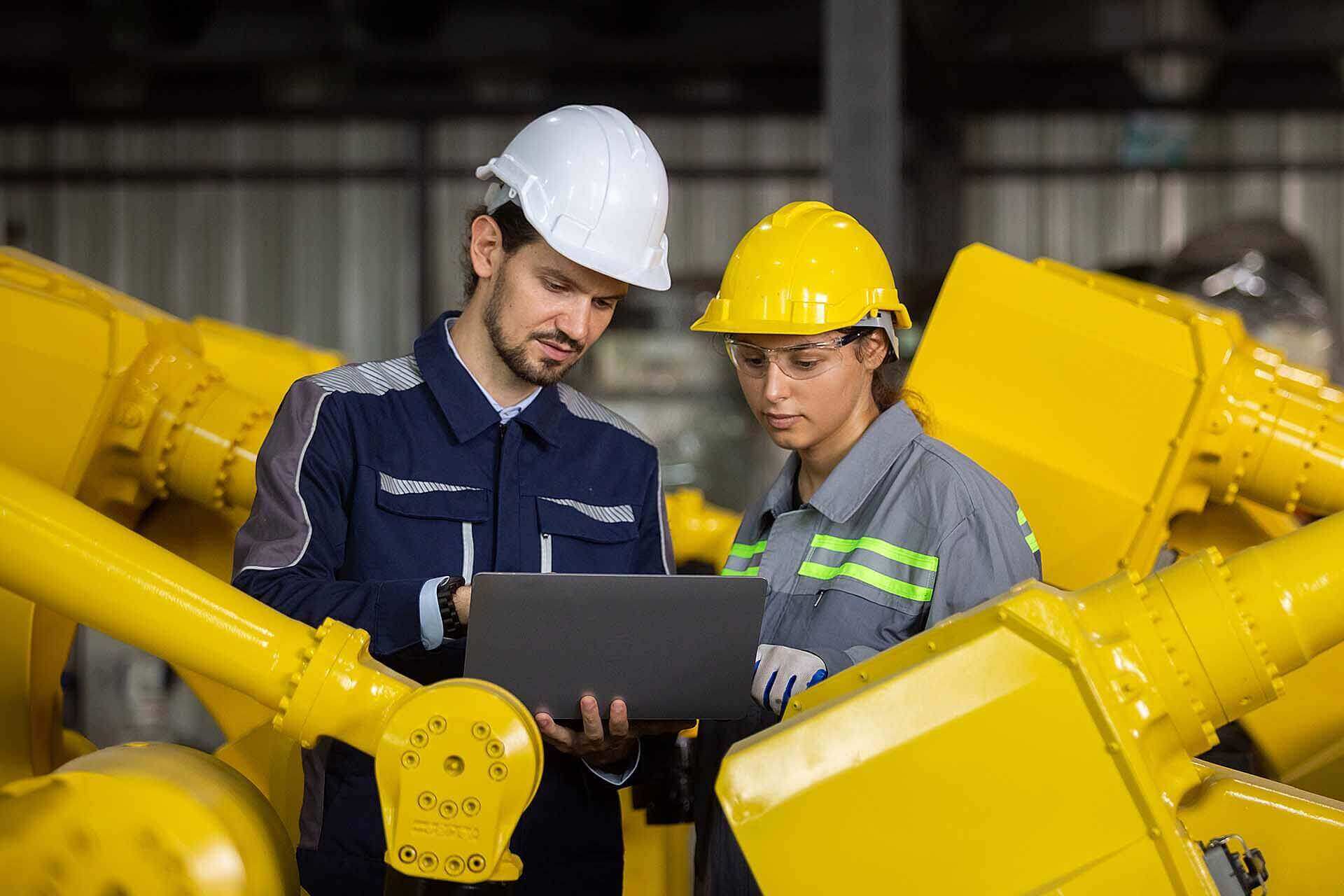TotalEnergies
Discover how TotalEnergies selected a solution to automate and streamline the change management process to optimise, improve, and save.
Solutions
Resources
Browse our full library of resources all in one place, including webinars, whitepapers, podcast episodes, and more.
Support
Looking for access to technical support, best practices, helpful videos, or training tools? You’ve come to the right place.
About Accruent
Get the latest information on Accruent, our solutions, events, and the company at large.
Meet energy efficiency & sustainability goals, reduce energy costs, manage risk, & improve resilience in a volatile market with energy management software.

Comprehensive energy management software can help you resolve your most pressing energy and sustainability concerns while helping you manage and measure all your energy initiatives in one place.
Consolidate your energy data, improve energy performance, gain visibility into areas of excess energy consumption, and know exactly what you need to do to reduce your carbon emissions, operate more sustainably, decrease energy waste, and remain compliant with carbon-related legislation.
The energy market is becoming increasingly more volatile, with general energy prices increasing and surge prices multiplying sharply during times of peak demand. Features like a comprehensive dashboard, heatmaps, meter tracking, and customisable baselines help to identify sources of excess consumption, maximise energy efficiency in high-price moments, and reduce your energy costs.
Extreme climate events, unsustainable rises in prices, and lack of transparency into consumption are compromising organisations’ energy management and competitiveness. Use features like full meter and submeter tracking, meter grouping, baselining, analytics, and alerts to monitor, target, and verify your energy data.
Use key information for all your energy initiatives – like metering and consumption data- to overcome the difficulty of energy management, identify energy conservation opportunities, improve energy performance, create well-informed processes, optimize your risk and return, track energy maintenance issues, and find areas of improvement to achieve your energy goals.
Accruent Observe for Energy Management helps utilise comprehensive IoT energy data to proactively manage risks and reduce energy bill costs.
Consolidate all your energy consumption data – including information gathered via CSV and APIs – into one easy-to-understand, actionable dashboard. Create custom baselines, track data from all meters and submeters, combine data into logical groups, identify anomalies in energy usage, and learn what you need to do to optimise consumption.
Automatically normalise your baselines with hyper-local weather data and remove the effect of ambient weather conditions so you can ensure you have clean, consistent points of comparison across different periods, or from different locations with differing weather conditions.
By allowing you to generate multiple baselines – including rolling 7-day averages, past consumption, and version-controlled, site-specific baselines – Accruent Observe gives you the flexibility you need with your energy monitoring and targeting (M&T) activities, while allowing energy managers to reduce energy maintenance issues.
Want to track multiple project baselines within a single site? With Accruent Observe's baseline modeling capability, you have sophisticated analysis tools in the palm of your hand. Use them to edit and remove baselines with ease, as well as model different energy use scenarios at the click of a button.
Use a wide range of customisable alerts and alarm filtering to protect against unseen cost increases, drive down costs, meet sustainability goals, and allow for transparent decision-making.
Utilise our configurable rules engine to define thresholds, create automatic work orders, and automate your compliance data logging for ongoing compliance.
By utilising Accruent's centralised energy sustainability management software, CRE professionals can reduce operating costs, meet sustainability objectives, and enhance the overall value of their properties.
Accruent’s energy management software allows companies to monitor energy consumption across multiple locations in real-time. It also helps owners benchmark and optimise energy usage in every store.
Patient care and comfort are top priorities for healthcare facilities. Ensure critical medical equipment is running smoothly and emergency power supplies are at the ready while remaining compliant and maintaining a comfortable environment for patients with Accruent.
Find out if our CMMS solutions are the right fit for your business with a live, one-on-one demo with an Accruent expert

Please wait. The calculator will load momentarily...
Please wait. The calculator will load momentarily...
Discover how TotalEnergies selected a solution to automate and streamline the change management process to optimise, improve, and save.
Energy management is becoming an increasingly important part of modern business strategy, with organisations around the world looking closely at their energy profiles and trying to identify opportunities for increased resilience, decarbonisation, proactive energy risk management, and cost reduction.
In many instances, this requires a reworking of internal systems and on-site technologies, as well as the implementation of a smart management system to help identify areas of excess energy-intensive consumption and capitalise on improvement opportunities.
With a robust system in place, organisations can leverage contextual data to optimise energy usage, enable efficiencies – such as auto-idling of assets that aren’t being utilised –and reduce overhead costs and the utility bill. In addition, smart management systems could hold the key to unlocking the potential of greater grid interactivity for industrial companies, ultimately helping to break down many current renewable energy management barriers and pressures.
An energy management program is a complete suite of systems and processes that helps users achieve and sustain efficient energy goals. An energy program can include policies, best practices, software tools, key team members (including an energy manager), logistics, and other key factors.
The types of energy management include management of energy production, energy consumption, energy distribution, and energy storage. They have the same goals: climate protection, resource conservation, and cost savings.
They can also play a role in many departments, including facility management, logistics, energy procurement, production, and maintenance.
The 5 major energy types include:
Energy management system software is a specialised program designed to monitor, analyse, and optimise energy consumption within buildings or industrial facilities, helping organisations track and control their energy usage for efficiency and cost savings.
Yes, energy management systems are worth it as they enable businesses and individuals to identify energy wastage, implement energy-saving measures, and ultimately reduce operational costs and environmental impact, leading to long-term financial and sustainability benefits.
Energy management involves the strategic planning, monitoring, and conservation of energy resources to ensure efficient utilisation, minimise waste, and promote sustainable practices across various sectors and industries.
Energy management software is primarily utilised by facility managers, energy analysts, and sustainability teams in commercial buildings, industries, and organisations seeking to optimise energy consumption and reduce their carbon footprint.
Energy management software is important because it empowers users to gain real-time insights into energy usage patterns, identify inefficiencies, set energy-saving goals, and implement data-driven strategies to enhance overall energy performance and environmental stewardship.
Energy management software can handle various utilities, including electricity, gas, water, and sometimes renewable energy sources, enabling comprehensive monitoring and control of a facility's energy consumption for improved efficiency and resource management.
Energy Management Software Solution
Accruent software allows you to fully optimise the lifecycle of your assets and facilities, offering connected workflows, integrated experiences and data-backed insights.
Subscribe to stay up to date with our latest news, resources and best practices